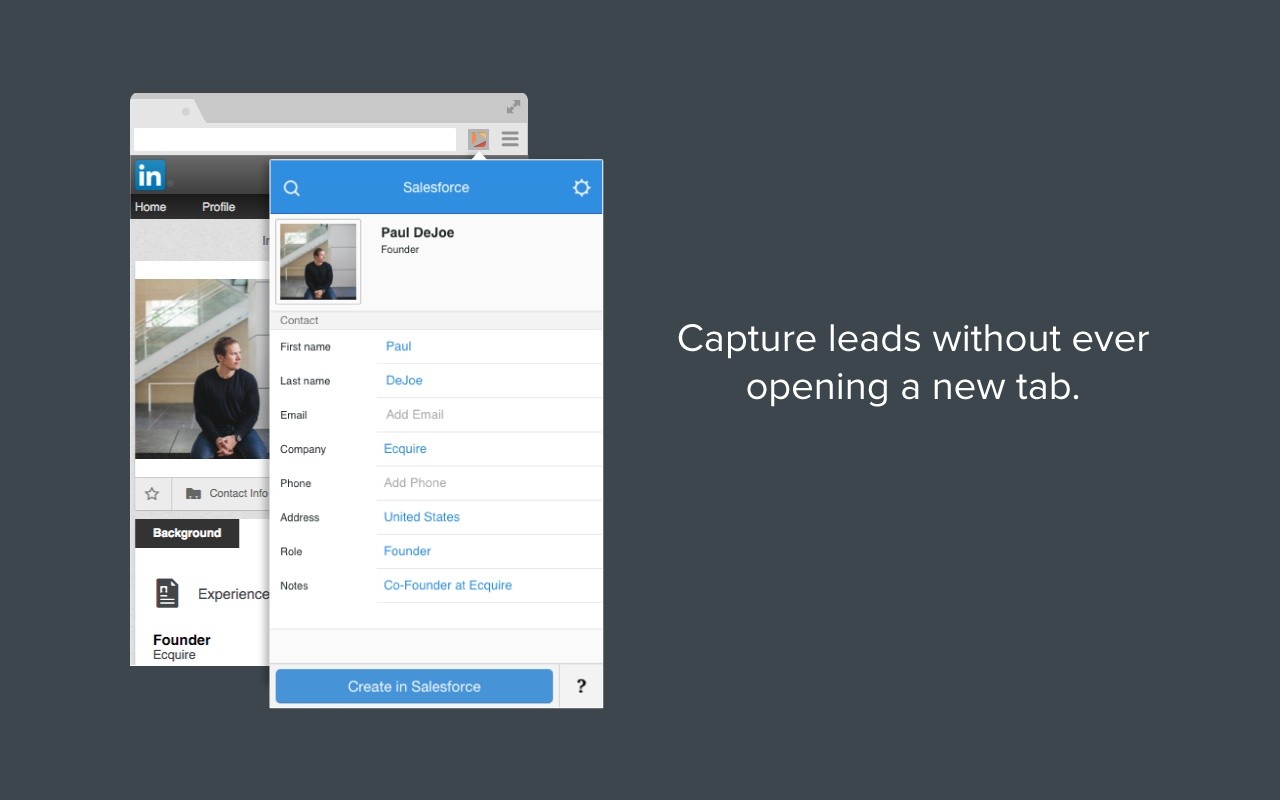Crx File Extension
Mujhko Kya Hua Hai, Kyun Maein Kho Gaya Hoon Paagal Tha Maein Pehle, Ya Ab Ho Gaya Hoon Behki Hain Nigaahen Aur Bikhre Hain Baal Tumne Banaaya Hai Kya Apna Yeh Haal Koi Mil Gaya, Mera Dil Gaya Kya Bataaun Yaaron, Maein To Hil Gaya Koi Mil Gaya, Mil Hi Gaya, Mil Gaya?  Jaane Kya Ho Gaya Hai Mujhe Deewana Log Kehne Lage Yeh Deewangi Hai Kya Hamein Bhi To Ho Pata Tumko Kya Ho Gaya Arey Kal Tak Mujhko Sab Hosh Tha Dil Maein Khushiyon Ka Josh Tha Phir Yeh Bechaini Hai Kyun Phir Yeh Betaabi Hai Kyun Kya Koi Kho Gaya Koi Mil Gaya?
Jaane Kya Ho Gaya Hai Mujhe Deewana Log Kehne Lage Yeh Deewangi Hai Kya Hamein Bhi To Ho Pata Tumko Kya Ho Gaya Arey Kal Tak Mujhko Sab Hosh Tha Dil Maein Khushiyon Ka Josh Tha Phir Yeh Bechaini Hai Kyun Phir Yeh Betaabi Hai Kyun Kya Koi Kho Gaya Koi Mil Gaya?
Description: CRX file is a Chrome Extension. Google Chrome is a freeware web browser developed by Google that uses the WebKit layout engine. CRX files are ZIP files with a special header and the.crx file extension.
I searched it in Google and I found this: The Google Chrome Extension file type is CRX. It is essentially a compression format. So if you want to see what is behind an extension, the scripts and the code, just change the file-type from “CRX” to “ZIP”. Unzip the file and you will get all the info you need. This way you can see the guts, learn how to write an extension yourself, or modify it for your own needs.

Then you can pack it back up with Chrome’s internal tools which automatically create the file back into CRX. Installing it just requires a click. Installed Chrome extension directories are listed below:. Copy the folder of the extension you wish to modify.
( Named according to the extension ID, to find the ID of the extension, go to chrome://extensions/). Once copied, you have to remove the metadata folder. From chrome://extensions in Developer mode select Load unpacked extension. And select your copied extension folder, if it contains a subfolder this is named by the version, select this version folder where there is a manifest file, this file is necessary for Chrome. Make your changes, then select reload and refresh the page for your extension to see your changes.
- CRX file extension Information that help open, edit, and convert.CRX file When there is a problem with opening files with the extension.CRX you do not need to immediately use the services of the IT expert.
- CRX stands for Google Chrome extension installer file format. Browse File Extensions Alphabetically. Ask your peers a question about this file extension.
Crx Files Download

Chrome extension directories Mac: /Users/username/Library/Application Support/Google/Chrome/Default/Extensions Windows 7: C: Users username AppData Local Google Chrome User Data Default Extensions Windows XP: C: Documents and Settings YourUserName Local Settings Application Data Google Chrome User Data Default Ubuntu 14.04: /.config/google-chrome/Default/Extensions/. A signed CRX file has a header that will cause most/all unzippers to barf.
This is not the easiest way to go about it, but here's how to do it from a bash command line. The basic idea is to find where the original unsigned zipfile begins, then copy the CRX file to a zip file but exclude the CRX header. hexdump -C theextension.crx more. Look in the output for the start of the zip file, which are the ASCII bytes 'PK'. In the sample I tried, the PK was at offset 0x132.
(From reading the CRX spec, I think this number will vary from file to file because of different signature lengths.) That number is what we'll use in the next step. dd if=theextension.crx of=theextension.zip bs=1 skip=0x132 (For the skip parameter, substitute the offset you found in the previous step.). Now unzip the.zip that you just created.
Fiddle with the files in the unzipped directory, then either install the unsigned/unpacked extension into your Chrome installation, or else repackage it just as you would any other Chrome extension. I'm sure that there is a more concise way to do this. Bash experts, please improve on my answer. I have read the other answers and found it important to note a few other things: 1.) For Mac users: When you click 'Load unpacked extension.' , the Library folder is by default hidden and (even if the Show Hidden files option is toggled on your Mac) it might not show up in Chrome's finder window. 2.) The sub folder containing the extension is a random alpha-numeric string named after the extension's ID, which can be found on Chrome's extension page if Developer flag is set to true. (Upper right hand checkbox on the extensions page).